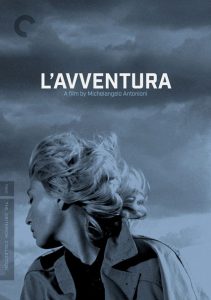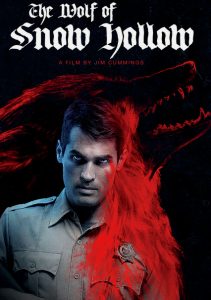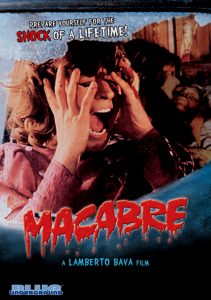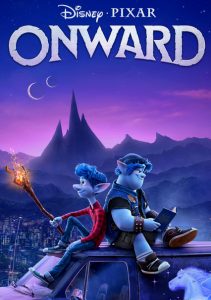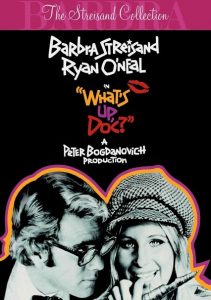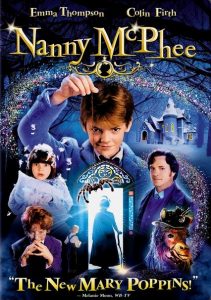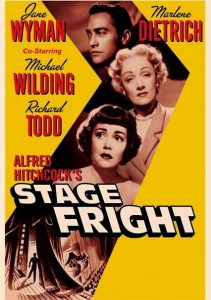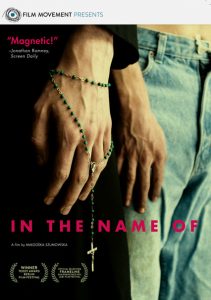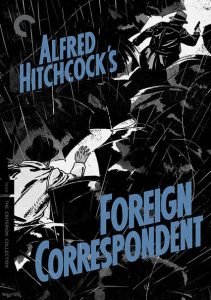L’Avventura-1960
Director Michelangelo Antonioni
Starring Gabriele Ferzetti, Monica Vitti
Scott’s Review #1,167
Reviewed July 30, 2021
Grade: A
L’Avventura (1960) has a lot in common with the horror masterpiece Psycho (1960), released the same year, although they couldn’t be more opposite on the surface.
One is an American horror film by an esteemed British director and the other is an Italian art film. What could they possibly have in common?
Forgetting that the former is not at all a horror film, L’Avventura first introduces a character that the audience is certain to be the main character only to pull a switcheroo midstream and make other characters the central protagonists.
Think what Janet Leigh’s Marion Crane was in Psycho to John Garvin and Vera Miles, Sam Loomis, and Lila Crane.
Be that as it may, as an interesting if not completely odd comparison, L’Avventura is a brilliant film and not just for the story alone. Black and white cinematography of the grandest kind transplants the film viewer to a fabulous yet haunting island where a good portion of the events occur.
Frequent shots of the gorgeous Mediterranean Sea and its roaring waves pepper the action.
In Michelangelo Antonioni’s classic of Italian cinema, two beautiful young women, Claudia (Monica Vitti) and Anna (Léa Massari) join Anna’s lover, Sandro (Gabriele Ferzetti), on a boat trip to a remote volcanic island.
They plan to spend their time cruising, resting, and relaxing on the Mediterranean. The trio is all good-looking and resides on the outskirts of Rome. They join two wealthy couples and depart on their excursion,
When Anna suddenly goes missing on an island stop, an extensive search is launched. In the meantime, Sandro and Claudia become involved in a romance despite Anna’s disappearance, though the relationship suffers from the guilt and tension brought about by the looming mystery.
Their relationship is intriguing based on the roller coaster emotions they face. Their burgeoning romance and Anna’s disappearance overlap.
Assumed to be the focal point of the film Anna eventually serves as more of a ghost character and quickly disappears from the screen.
This though me for a loop.
Events do not remain on the island but return to the Italian mainland where Sandro and Claudia continue with their guilt finally becoming convinced Anna might have returned!
The brilliant and ambitious thing about L’Avventura is that the film changes course many times.
On the surface, it appears to be a film about a missing girl and a friend’s attempts to locate her. But Antonioni delves into a film about emotions and the meaning of life making the audience go deeper along with the characters.
Eventually, Sandro and Claudia chase a ghost of their design and plod along unhappy and unfulfilled suffering paranoia.
L’Avventura is all about the characters and the cinematography and each immerses well with the other.
Many characters exchange glances with each other that the audience can read into. What was the relationship between Sandro and Claudia before the cruise, if any? What is the back story of Anna and Sandro? And what’s become of Anna? Did she run off and drown or was she murdered?
The camerawork is just stunning, each shot a lovely escapade into another world. Particularly, the yacht cruise and the island sequences are astounding. I love how the characters explore different sections of the island instead of dully standing on the shore or otherwise similar types of shots.
As the title says the point of the film is of adventure and both physical and cerebral adventure.
L’Avventura (1960) is a film that will make you think, ponder, escape, and discuss the true meaning of the film. Isn’t that what great art cinema does?
Antonioni also made me consider comparisons to another great art film creator- the Swedish director Ingmar Bergman.
